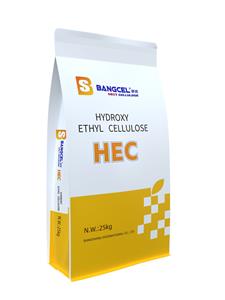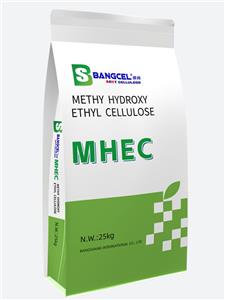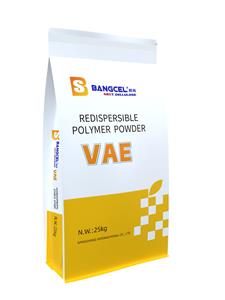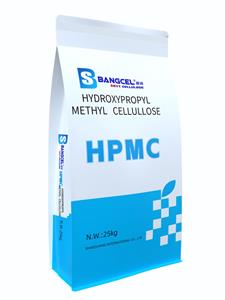hydroxypropyl methylcellulose HPMC in the construction industry
The influence and application of hydroxypropyl methylcellulose HPMC in the construction industry:
There are many factors affecting the application of hydroxypropyl methylcellulose HPMC in building materials, especially gypsum-based plaster. The following editor will introduce to you:
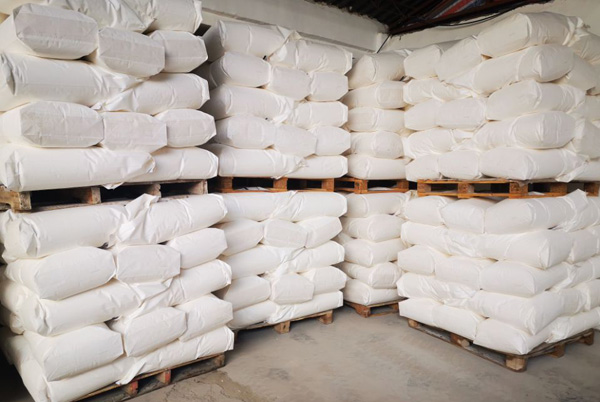
1. Water retention
Hydroxypropyl methylcellulose for construction prevents the excessive absorption of water by the substrate, and when the gypsum is completely set, the water should be kept in the plaster as much as possible. This characteristic is called water retention and is directly proportional to the viscosity of the construction-specific hydroxypropyl methylcellulose solution in the stucco. The higher the viscosity of the solution, the higher its water retention capacity.
Once the water content is increased, the water retention capacity will decrease. This is because the increased water dilutes the solution of hydroxypropyl methylcellulose for construction, resulting in a decrease in viscosity.
2. Anti-sagging
A plaster with anti-sag properties allows applicators to apply thicker coats without sagging, and also means that the plaster itself is not thixotropic, which would otherwise slide down during application.
3. Reduce viscosity, easy construction
By adding various building-specific hydroxypropyl methylcellulose products, low-viscosity and easy-to-construct gypsum plaster can be made. When using low-viscosity grades of building-specific hydroxypropyl methylcellulose, the viscosity is relatively reduced The construction becomes easy, but the low-viscosity hydroxypropyl methylcellulose for construction has weak water retention capacity and needs to be used more.
4. Compatibility of stucco
For a fixed amount of dry mortar, it is more economical to produce a higher volume of wet mortar, which can be achieved by adding more water and air bubbles. However, when the amount of water and air bubbles is too much, the strength will be damaged.
The use and function of hydroxypropyl methylcellulose in the construction industry
1. Gypsum coagulation slurry: improve water retention and processability, and improve adhesion to the substrate.
2. Fiber wall: Due to the anti-enzyme and anti-bacterial effects, it is effective as a binder for sand walls.
3. Latex putty: improve the fluidity and water retention of resin latex-based putty.
4. Joint cement: added to joint cement for gypsum board to improve fluidity and water retention.
5. Stucco: As a paste to replace natural products, it can improve water retention and improve the bonding force with the substrate.
6. Coatings: As a plasticizer for latex coatings, it can improve the operational performance and fluidity of coatings.
7. Coating of asbestos and other refractory materials: as a suspending agent and fluidity improving agent, it also improves the bonding force to the substrate.
8. Tile cement: improve the plasticity and water retention of pressed tile mortar, improve the adhesion of tiles, and prevent chalking.
9. Spray coating: It has good effect on preventing cement-based or latex-based spraying materials and fillers from sinking and improving fluidity and spray pattern.
10. Cement mortar: Improve the dispersion of cement-sand, greatly improve the plasticity and water retention of mortar, have an effect on preventing cracks, and enhance the strength of cement.
11. Secondary products of cement and gypsum: used as an extrusion molding binder for cement-asbestos and other hydraulic substances to improve fluidity and obtain uniform molded products.
12. Others: It can be used as air bubble retaining agent (PC version) for thin clay sand mortar and plaster operator.

